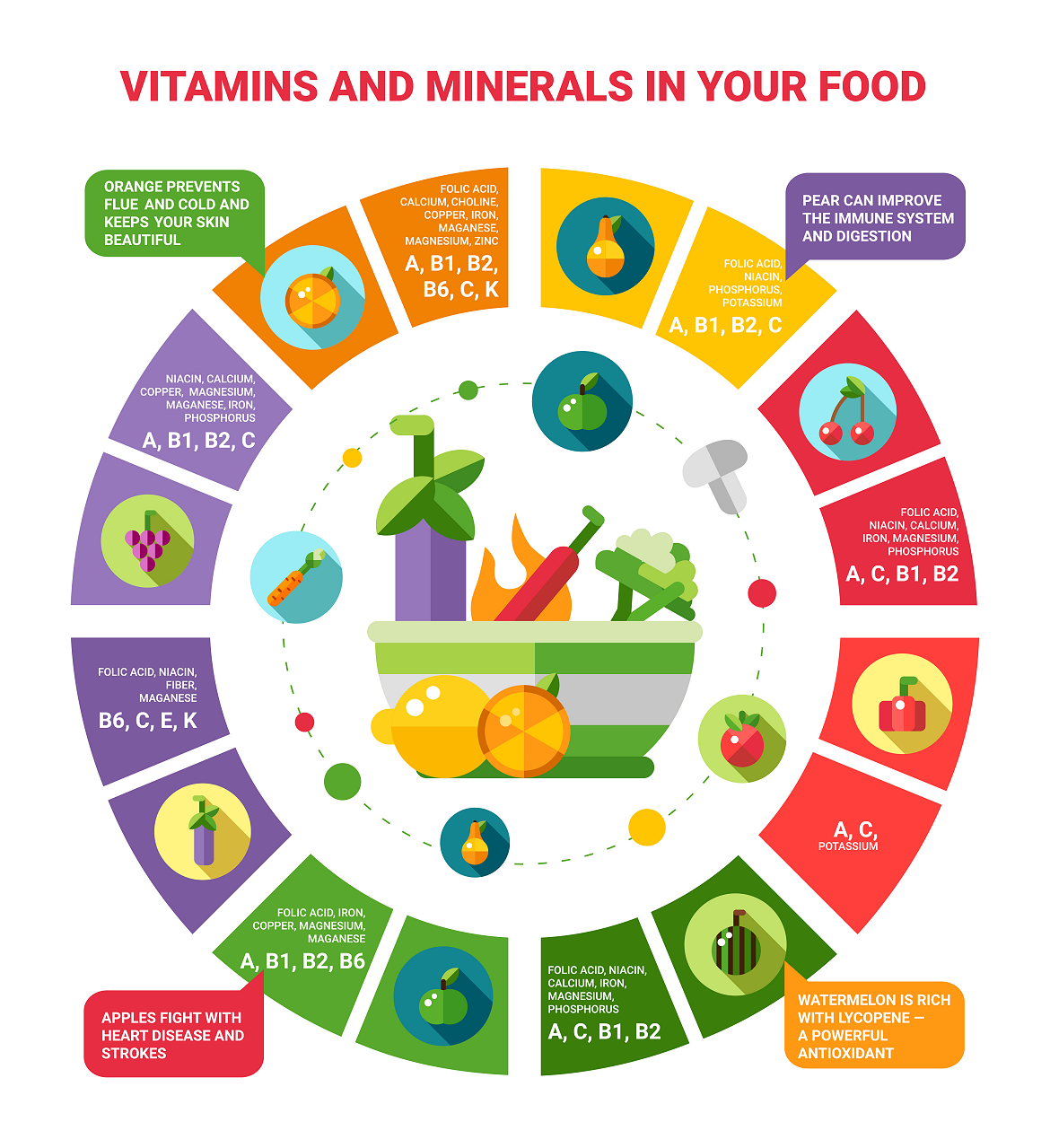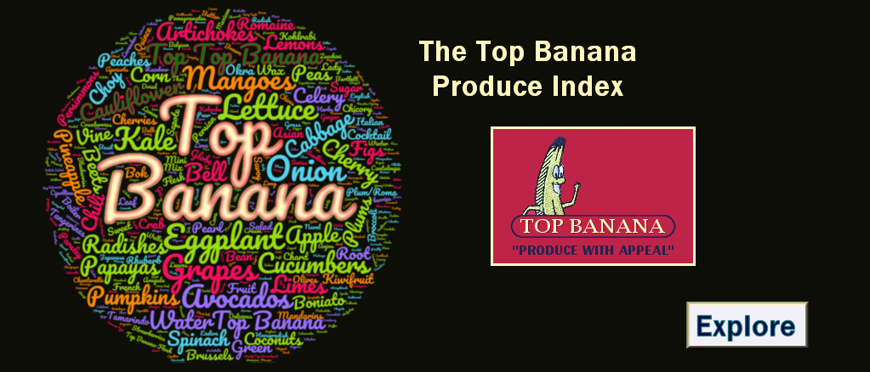According to a report titled "Maximizing the Nutritional Value of Fruits & Vegetables" by Diane M. Barrett, Ph.D., California remains the leading producer of fruits and vegetables in the United States. And, although this report by Barrett was published in 2006, a report from 2012 by the USDA's Economic Research Service confirmed that claim nearly a decade later: California remained at the top of the list, providing the largest number of food producing counties in the United States - four of the top five! (USDA: Vegetable Production). With fruits and vegetables being a major source of important macronutrients and micronutrients, it is easy to understand why California is so important when it comes to the continuing possibility of eating quality foods high in nutritional value.
How high? Dr. Barrett, a professional member of IFT, and fruit and vegetable products specialist for the Department of Food Science and Technology, and the Director of the Center for Excellence in Fruit and Vegetable Quality at UC Davis, lists these statistics:
Fruits and vegetables are a major source of macronutrients such as fiber and micronutrients such as minerals and vitamins C, thiamin, riboflavin, B-6, niacin, folate, A, and E. Phytochemicals in fruits and vegetables, such as polyphenolics, carotenoids, and glucosinolates, may also have nutritional value.
One of the most interesting revelations from Barrett's report concerns the length of time it takes between vegetable harvesting, processing, transportation to market, unpacking for store display, purchasing and consuming.
Fruits and Vegetables are often the most attractive and health promoting when harvested at their peak maturity, but most Americans do not have home gardens capable of providing the recommended 5– 13 daily servings year round. In the U.S., fruits and vegetables grown in North America may spend up to 5 days in transit following harvest before arriving at a distribution center. Transportation time for fruits and vegetables grown in the southern hemisphere for winter and spring consumption in the U.S. ranges from as little as a few days if transported by air freight to several weeks if sent by refrigerated ship. At the retail store, fruits and vegetables may spend 1–3 days on display prior to being purchased by the consumer, who may store them for up to 7 days prior to consumption. This means that fresh fruits and vegetables may not be consumed for a significant length of time following harvest, during which time nutrient degradation may occur.
Since so much time can lapse between the harvest and the dinner table, it's important that fresh fruits and vegetables be consumed soon after purchase. But even with that, all conditions are not equal. Bennett points out that nutritional degradation depends upon a set of environmental factors like "postharvest handling, storage, and home cooking conditions." Other factors like genetics, soil conditions, how the plants were grown, even changes in the weather also affect nutritional content.
The report also compares fresh fruits and vegetables to more intensive - or at least different - types of production processes like canning and freezing. Nevertheless, the report concludes:
Loss of nutrients during fresh storage may be more substantial than consumers realize, so consumers should be educated about proper storage. Fruits and vegetables should be consumed soon after harvest, or postharvest handling conditions must be controlled such that nutrient degradation does not occur. A good diet should include a variety of fruits and vegetables, whether they are fresh, frozen, canned, dried, or otherwise preserved.
Read Dr. Berrets's article on the UC Davis Website.
What About Irradiation?


Irradiation for Quality Improvement, Microbial Safety and Phytosanitation of Fresh Produce presents the last six and a half decades of scientific information on the topic. This book emphasizes proven advantages of ionizing irradiation over the commonly used postharvest treatments for improving postharvest life of fresh fruits and vegetables to enhance their microbial safety.
This reference is intended for a wide range of scientists, researchers, and students in the fields of plant diseases and postharvest diseases of fruits and vegetables. It is a means for disease control to promote food safety and quality for the food industry and can be used in food safety and agriculture courses.
- Discusses pathogen resistance to common chemical synthetic compounds
- Presents up-to-date research and benefits of phytosanitary irradiation
- Includes comprehensive research for alternative treatments for postharvest disease control
- Provides the non-residual feature of ionizing radiation as a physical means for disease control to produce chemical free foods



270x250.jpg)

